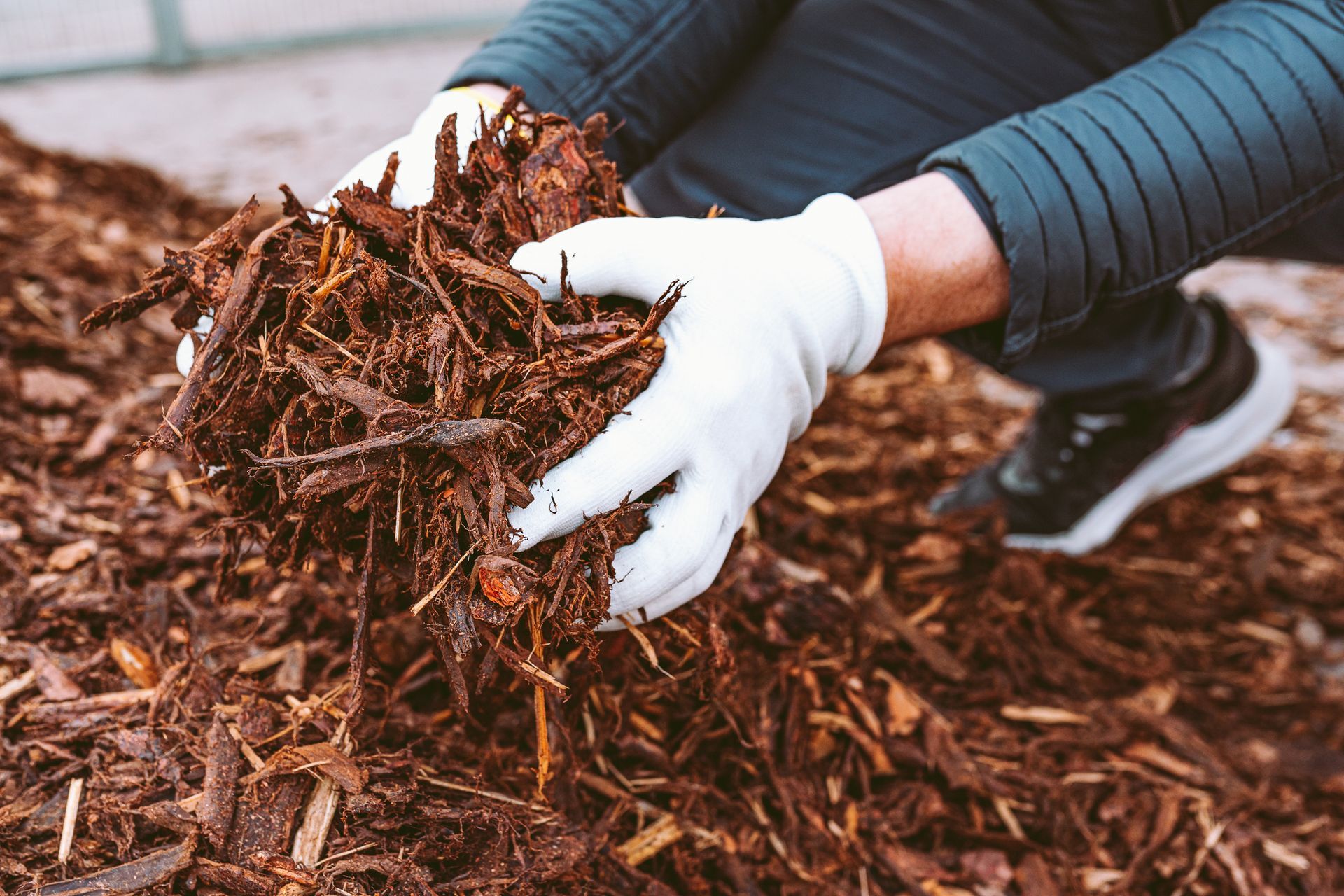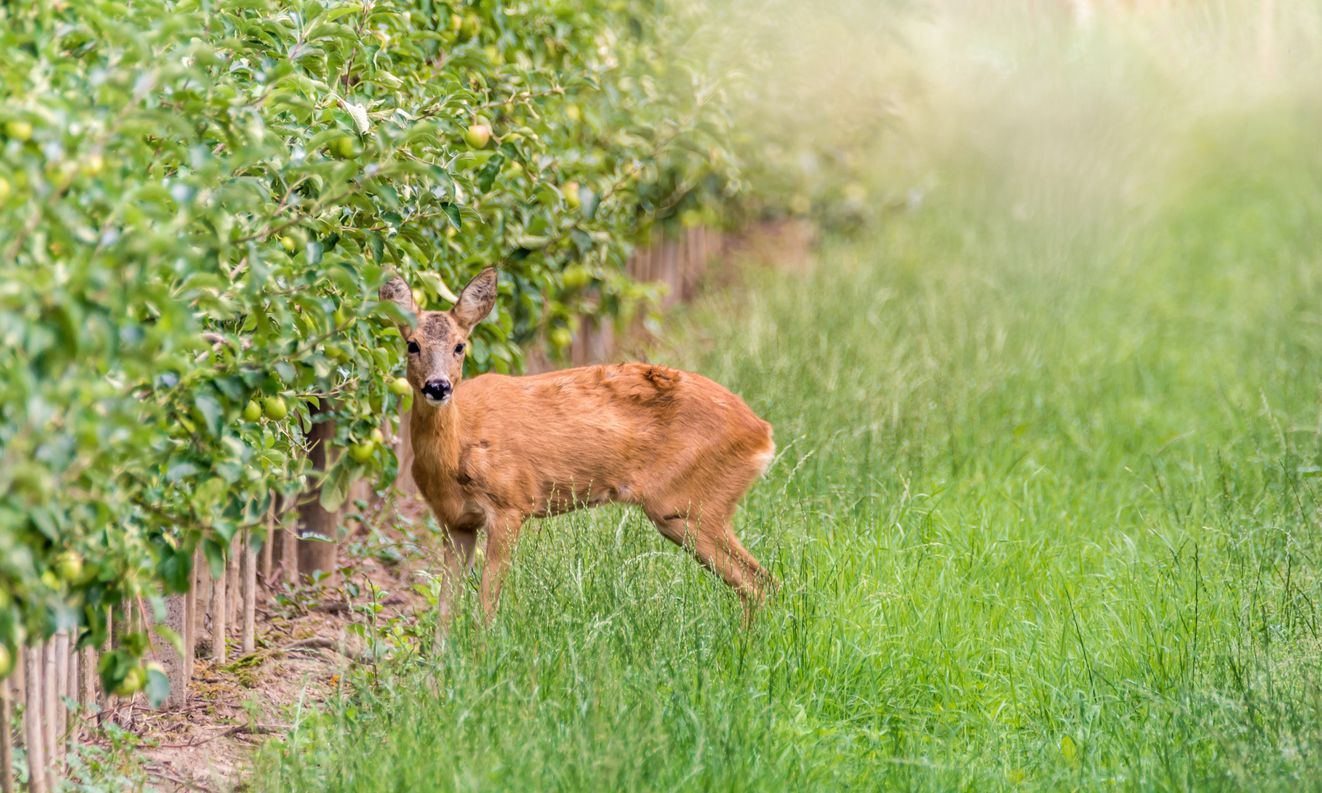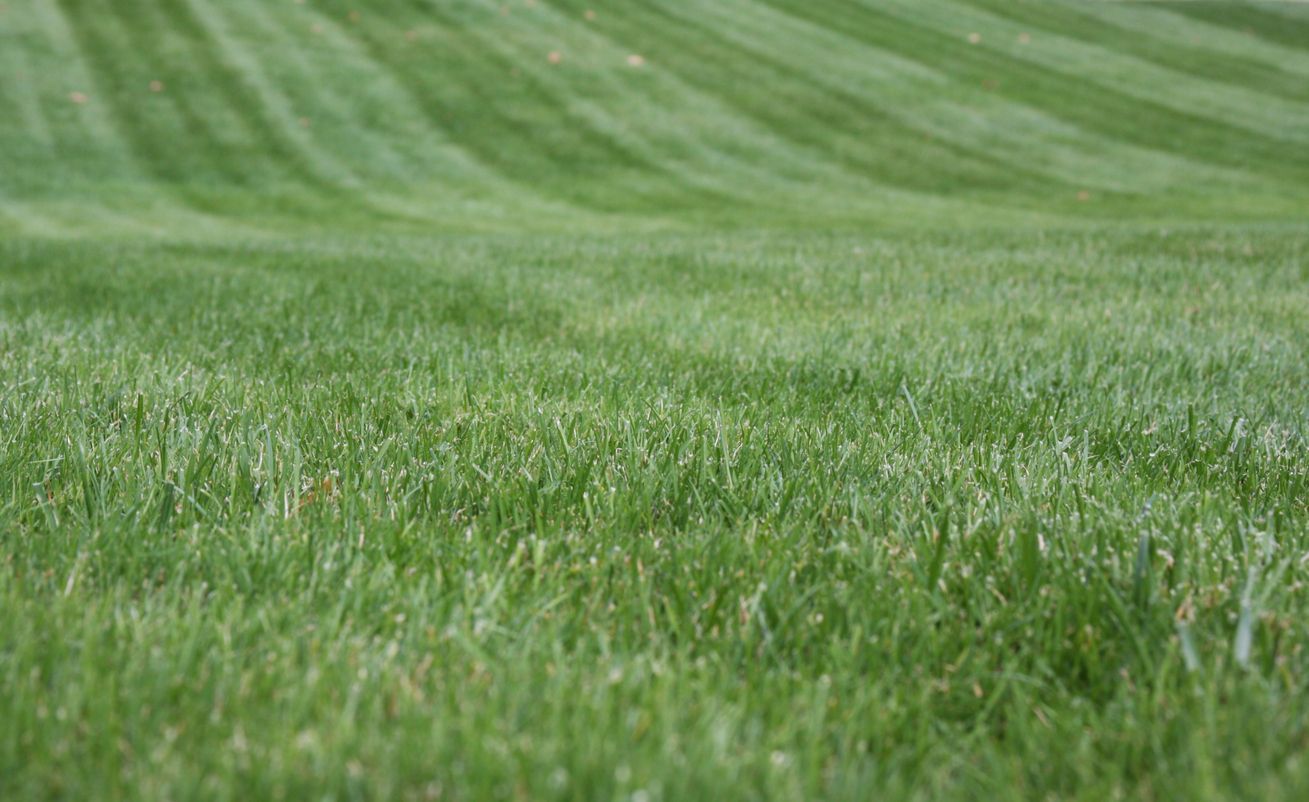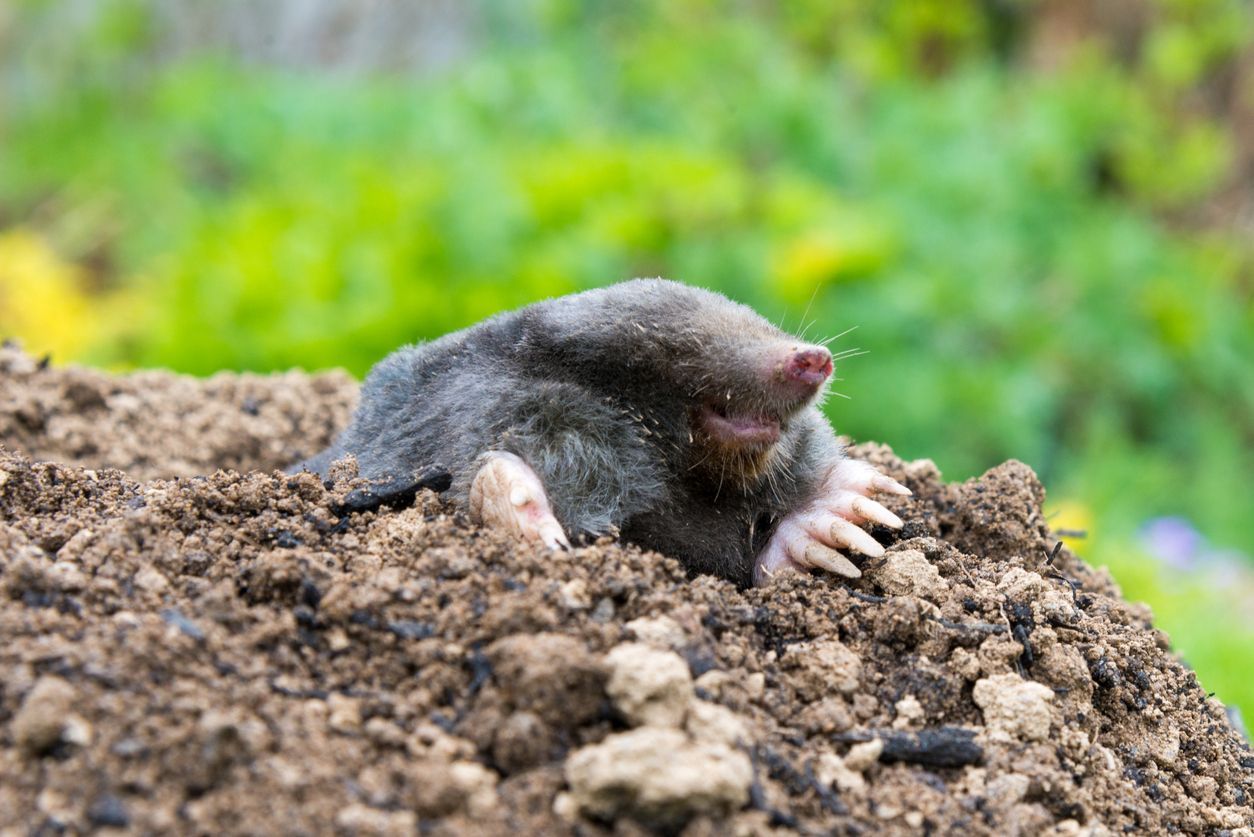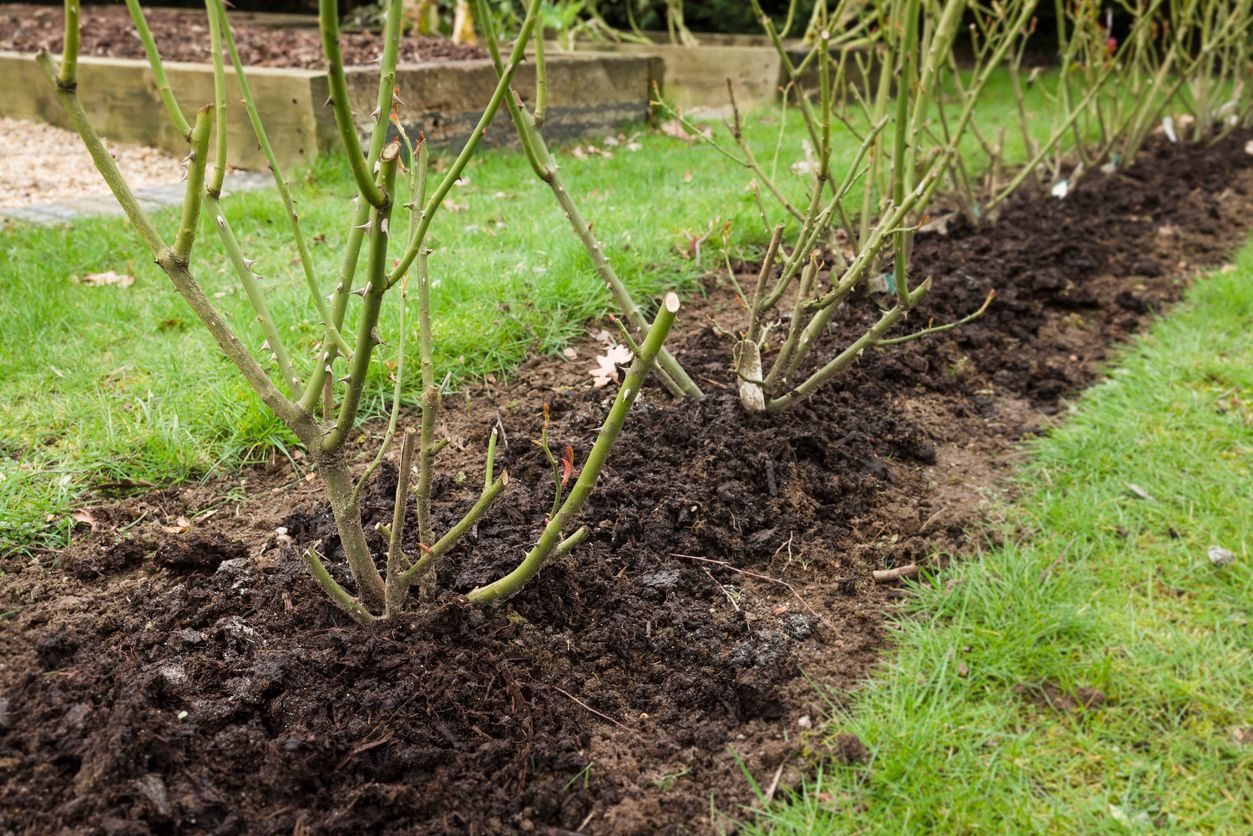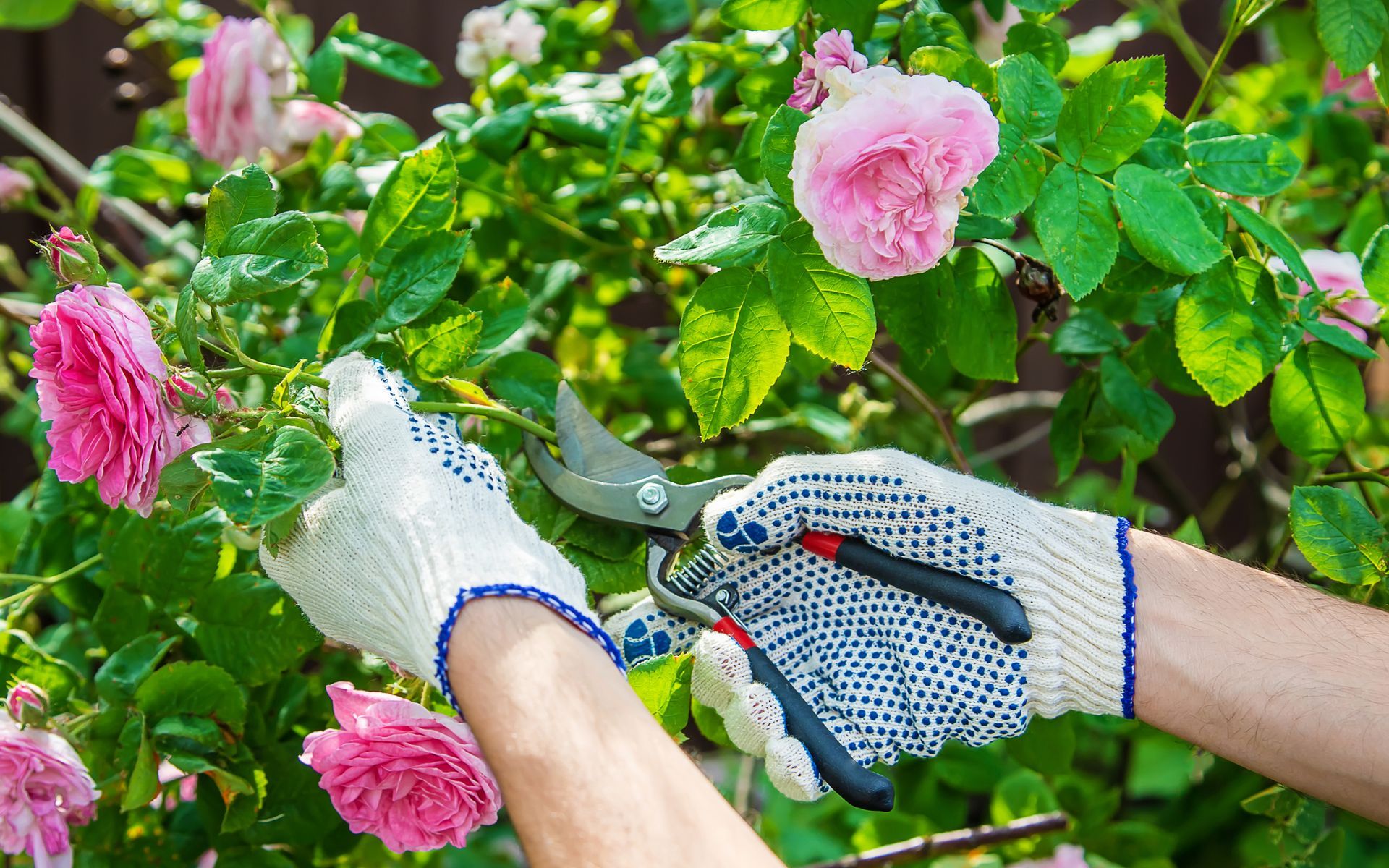Protecting Plants from Deer Over Winter: Essential Tips for a Deer-Free Garden
Serving: Versailles, Barnett, Eldon, Four Seasons, Osage Beach, Sunrise Beach & Lake Ozark
Winter can be a magical time in the garden, with snow-covered landscapes and dormant plants resting for the season. However, for many homeowners, the arrival of colder weather also brings an unwelcome visitor: deer. While these graceful creatures may seem harmless, they can wreak havoc on your garden, particularly during the winter months when food is scarce. Deer often target shrubs, trees, and ornamental plants for their tender buds, bark, and evergreens. If you're dealing with deer damage, don't worry — there are several effective strategies you can use to protect your plants over the winter.
In this blog post, we’ll cover how to protect your plants from deer in winter, including practical tips, repellents, and physical barriers to keep your garden safe.
Why Deer Are a Problem in Winter
As the temperatures drop and natural food sources become scarce, deer may turn to your garden for sustenance. They are particularly drawn to:
- Evergreens like holly, arborvitae, and boxwood.
- Tender plants, including young shrubs and perennials.
- Fruit trees, especially the bark of young trees.
- Flowering bulbs and even mulch, which they might nibble on for additional nutrients.
Deer often browse plants in search of both food and shelter, making it even more critical to protect your garden. During winter, the lack of foliage and available forage encourages deer to feed on whatever is left in their environment.
1. Fencing: The Most Effective Protection
The body content of your post goes here. To edit this text, click on it and delete this default text and start typing your own or paste your own from a different source.
What Type of Fence Works?
- Height Matters: Deer are excellent jumpers and can clear low fences easily. Ideally, your fence should be at least 8 feet tall to prevent deer from hopping over. If you don’t want a large, imposing fence, you can also consider deer netting which can be draped over bushes and shrubs, offering a less visible deterrent.
- Electric Fencing: If a solid fence is not an option, electric fencing is another great way to discourage deer. A low-voltage, electric fence with wires placed at deer height (about 2 to 3 feet off the ground) will deliver a mild shock to deter them from entering your garden.
- Invisible Fencing: In some cases, invisible fencing systems that emit a mild shock when crossed can also be used to prevent deer from approaching certain areas. These can be particularly effective in large gardens or areas where you don’t want to install a traditional fence.
Note: Ensure the fence or netting is properly secured to the ground to prevent deer from sneaking under it, especially when snow piles up.
2. Repellents: A Smelly, Tasty Deterrent
Deer have a sensitive sense of smell, so using scent-based repellents can be an effective way to keep them away from your plants. There are many types of deer repellents available, including natural, organic options and chemical formulas.
Types of Deer Repellents:
- Commercial Repellents: These often contain natural ingredients like garlic, putrescent egg solids, or dried blood, which are unpleasant to deer and will deter them from browsing. Popular brands like Deer-Off or Liquid Fence work well for repelling deer during winter.
- Homemade Repellents: If you prefer a DIY solution, you can create a homemade repellent by mixing ingredients like garlic, hot pepper flakes, or cayenne pepper with water. Some gardeners also use egg-based solutions or smelly soap (like Irish Spring) hung from tree branches.
- Scent-Based Granules: Granules that emit strong smells such as mothballs, blood meal, or coyote urine can be scattered around the perimeter of your garden or around individual plants. These smells mimic the scent of predators, causing deer to stay away.
Application Tips:
- Reapply Regularly: Repellents will wash away in rain or snow, so it’s important to reapply them regularly — especially after storms.
- Target High-Risk Areas: Focus your efforts on areas where deer tend to browse most, such as near evergreens, fruit trees, or new plantings.
- Layer Your Methods: Combine repellents with other strategies like fencing or motion-activated devices for maximum effectiveness.
3. Motion-Activated Devices
Motion-activated devices, such as sprinklers or ultrasonic alarms, can work wonders in scaring deer away from your garden. These devices detect movement and, when triggered, either release a burst of water or emit a loud sound, startling the deer and causing them to flee.
- Motion-Activated Sprinklers: Devices like the Scarecrow Motion-Activated Sprinkler are a great option for gardens. When deer (or other animals) move within range, the sprinkler activates and shoots a jet of water. Deer are usually scared off by the sudden noise and movement, and the water adds an extra deterrent.
- Ultrasonic Deer Repellents: These emit high-pitched sounds that are unpleasant to deer (but inaudible to humans). These devices can be strategically placed around your yard to discourage deer from entering. However, their effectiveness can vary depending on the deer’s level of habituation and the layout of your garden.
4. Protecting Individual Plants: Physical Barriers
If you have particularly vulnerable plants, or if you only need to protect a few shrubs or trees, physical barriers can offer targeted protection. These methods are great for small gardens or high-value plants that deer might target.
- Tree Wraps: Wrap the trunks of young trees with tree guards or hardware cloth to prevent deer from rubbing their antlers against the bark. This is particularly important for fruit trees and ornamental trees.
- Plant Covers: For smaller plants, consider using netting or row covers to shield them from hungry deer. These covers are breathable, so your plants can still get the light and air they need while being protected from browsing.
- Mulch & Bait: Some gardeners use mulch to create an additional barrier between deer and plants. In addition to serving as a deterrent, mulch also helps maintain soil temperature during winter.
5. Diversion: Planting Deer-Resistant Varieties
If you’re planning your garden for the long-term, consider incorporating deer-resistant plants. While no plant is completely deer-proof, certain varieties are less appealing to deer due to their taste, texture, or scent.
Deer-Resistant Plants Include:
- Lavender: The strong fragrance of lavender tends to repel deer.
- Thorny or Spiky Plants: Roses, barberry, and holly are often avoided by deer due to their thorns.
- Herbs: Deer dislike the strong scents of herbs like rosemary, thyme, and sage.
- Ferns & Fernlike Plants: Deer tend to leave plants like hostas or ferns alone, though these may be vulnerable if food is scarce.
By planting these types of plants, you can reduce the likelihood of deer coming into your garden in the first place.
Conclusion
Deer can be beautiful creatures, but they can also be a serious challenge for gardeners, especially during the winter months when their natural food sources are limited. Fortunately, there are a variety of ways to protect your plants from deer, from physical barriers like fencing to natural repellents and motion-activated devices.
By combining a few of these strategies, you can keep your garden safe and enjoy a beautiful, deer-free yard throughout the winter season. Take the time now to implement some of these methods and protect your plants from these hungry visitors — your garden will thank you in the spring!

